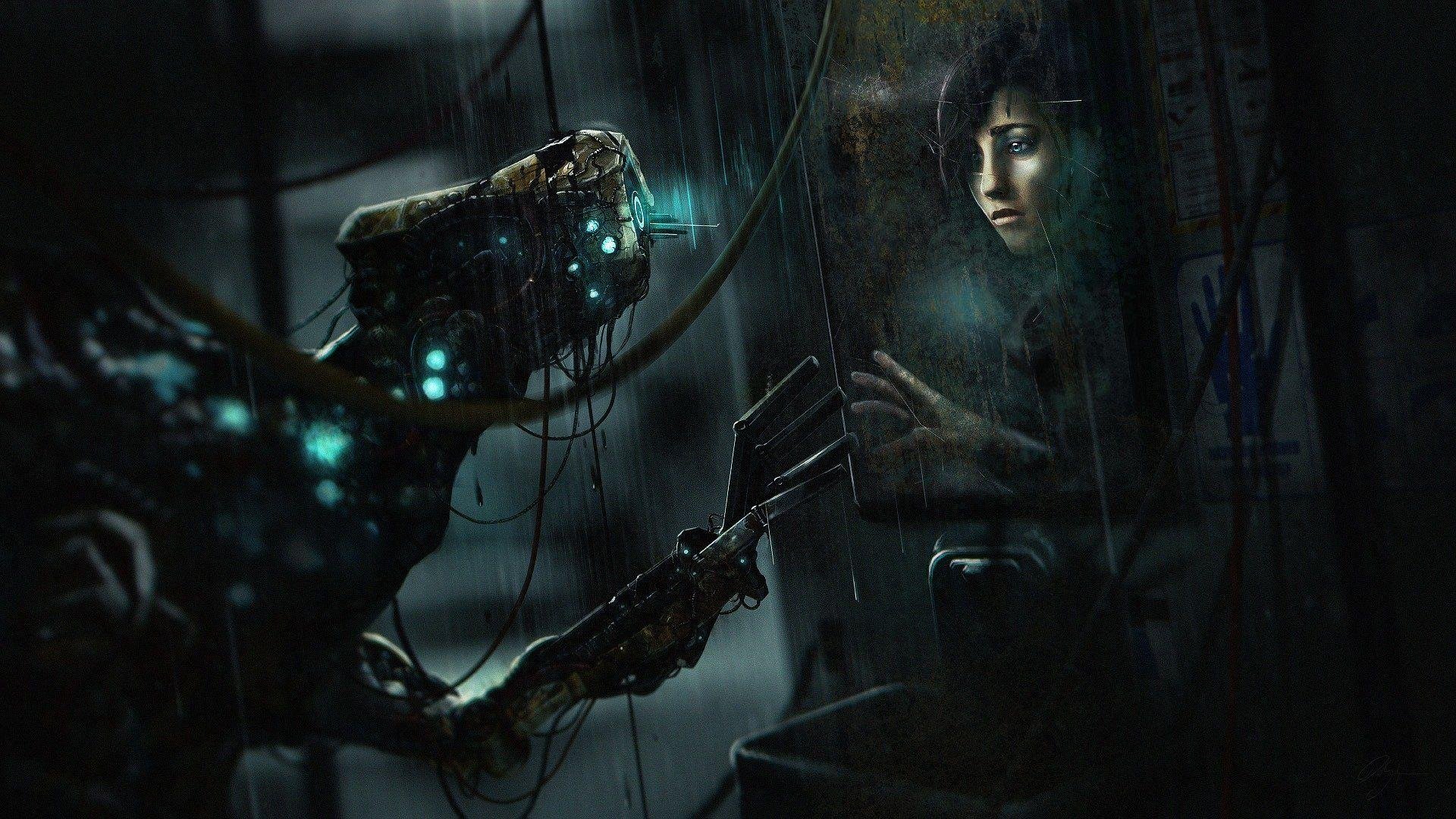
Immersive Worlds and Interactive Stories: Exploring Theatrical postmodernism in Video Games
[Working Title]

Project Overview
In 2022 the videogame industry reported a net-worth of $365.6 Billion, cementing the medium as commercially successful. However, videogames have become increasingly popular not only amongst those who identify as ‘gamers’, but by the general public, becoming a cornerstone of popular culture as evidenced through ‘live action’ remakes of videogame narratives in recent years. This may be in part due to videogames ability to create typified reflections of the real-world, which “express, critique, dismay, [and] appraise several aspects of society” (Sjølie, 2018, 2). Additionally, videogames allow individuals to become active participants within narratives, rather than the typical spectator fashion of other mediums, similar to the theatrical/performance modes of ‘Absurdism’, ‘Alienation’, ‘Theatre of the Oppressed’, and ‘Epic Theatre’. By viewing videogames as postmodern theatrical ‘texts’ this project argues that this personal involvement is crucial for understanding how information is presented to players through the medium.
My master’s thesis ultimately argued that, at their core, videogames are symbolic representations of real-world counterparts, with each using semiosis in differing ways. For Example, Doom Eternal (ID, 2020) use semeiotics to provide information on game mechanics, whereas others (e.g.., Halo: Combat Evolved (Bungie, 2001)) use semiotics to represent real world items (i.e., medical kits), relying on a player’s previously learn experiences to make connections of understanding and allowing individuals to interact with “graphically elaborate and expansive worlds” (Pezzeca, 2009, 18). Therefore, when analysing videogames, one must understand their several layers: The narrative, audio, and textual levels (provoking literary analysis), and the interactive levels (provoking dramatic theoretical analysis).
Considering this, this project crafts an innovative semiotic content analysis methodology designed for exploring the intricate process of meaning-making. Rooted in the historical discourse surrounding the ‘ludology versus narratology debate’ in video game scholarship, this methodology asserts that video games communicate information to players ludologically (utilising game mechanics), narratologically (incorporating story points in-game and across extended media), or by synthesising the two. This methodological framework is then strategically applied to scrutinize specific postmodern theatrical elements embedded within videogames to present videogames as postmodern dramatic texts, where personal involvement plays a pivotal role in shaping player understanding.
Ultimately, this thesis asks, ‘How do videogames enable individuals to actively engage as participants in narratives, departing from traditional spectator roles?’ and ‘How does the semiotic analysis of videogames contribute to our understanding of videogames as postmodern theatrical texts?’ It does so by addressing the following research objectives:
RO1: Explore and implement a combined ludological and narratological approach to analyse videogames, aiming to contribute towards a comprehensive understanding of their nature as dramatic texts.
RO2: Determine how videogames can employ a synergy of ludic and narrative elements, evaluating how these elements convey information and contribute to the creation of immersive worlds for players.
RO3: Investigate and assess the effectiveness of the methodological framework presented, focusing on its ability to enhance understanding of the interplay between narrative and ludic elements in videogames, thereby shedding light on their unique characteristics and contributions to the medium.
RO4: Identify and analyse traditional narrative structures and narrational techniques prevalent in postmodern theatre and conduct a comparative analysis to understand how these structures and techniques differ or align with those in videogames.
RO5: Examine the ways in which videogames draw inspiration from postmodern theatrical narrative structures, investigating the specific elements and techniques employed and evaluating the contributions of videogames to the broader postmodern art form.
RO6: In what ways do specific videogames embody distinct postmodern performance modes and how do these games strategically utilize their narrative elements to shape player experiences and contribute to the overarching postmodern discourse within the medium?
RO7: Assess the degree of theatricality in videogames, examining how the interplay between ludic and narrative elements contribute to the construction of immersive worlds. Explore the role of this synergy in shaping the overall theatrical experience within the gaming medium.
